Puerto Rico, a small island with a vast and vibrant history, beckons travelers to dive deep into its colonial past. From the cobbled streets of Old San Juan to the historic remnants of the Spanish conquests spread across the island, each site tells a story of conquest, culture, and change. This blog post guides you through the heart of Puerto Rico’s heritage, spotlighting the significant landmarks and offering insights into the island’s transformation under Spanish rule.
Old San Juan: The Heart of Puerto Rican Heritage
Old San Juan, a UNESCO World Heritage Site, serves as the cultural epicenter of Puerto Rico. This historic district, characterized by vibrant Spanish colonial buildings and blue cobblestone streets, provides a picturesque journey through time. Here are a few must-visit landmarks:
El Morro (Castillo San Felipe del Morro)
Standing guard at the entrance to San Juan Bay, El Morro is a six-level fortress built by the Spanish in the 16th century to defend against maritime invaders. Today, it offers visitors a unique opportunity to explore ramparts, barracks, tunnels, and dungeons. Make sure to reach the upper levels for a breathtaking view of the Atlantic Ocean—ideal for photo enthusiasts. Tip for visitors: The grounds surrounding El Morro are perfect for picnics and kite flying, a popular activity among locals and tourists alike.
San Juan Cathedral (Catedral de San Juan Bautista)
This historic cathedral, dating back to 1521, is one of the oldest buildings in San Juan and a rare example of medieval architecture in the New World. The cathedral houses the tomb of the Spanish explorer Juan Ponce de León and a revered statue of Christ known as “El Cristo de la Salud,” brought from Spain in the early 19th century. Its peaceful and spiritual ambiance provides a contrast to the bustling city outside.
La Fortaleza
Originally built as a fortress in 1540, La Fortaleza has transitioned over centuries to become the official residence of the Governor of Puerto Rico. It is the oldest executive mansion still in use in the New World and offers guided tours that delve into its rich political and architectural history. The mansion is particularly stunning when illuminated at night, and its blue-hued exterior walls make it a striking feature of Old San Juan.
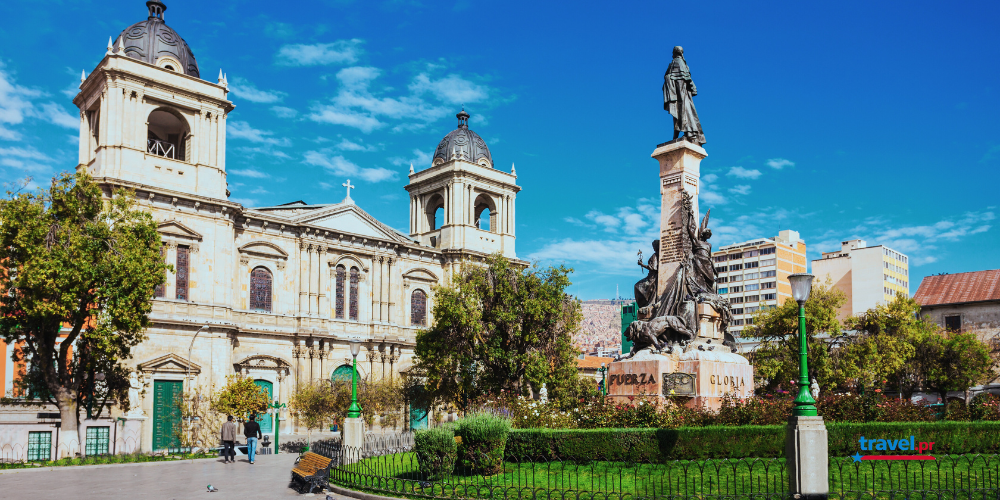
The City of Ponce: Puerto Rico’s Southern Treasure
Ponce, affectionately known as “La Perla del Sur” (The Pearl of the South), is renowned for its unique architectural blend and cultural richness, offering a quieter yet equally enriching experience compared to San Juan.
Plaza Las Delicias
The main square of Ponce, Plaza Las Delicias, is a focal point of the city, home to landmarks like the Ponce Cathedral and the iconic Parque de Bombas, an old firehouse now functioning as a museum dedicated to the history of firefighting in Ponce. The plaza is often lively, filled with music and local vendors, providing a palpable sense of community.
Museo de Arte de Ponce
Designed by Edward Durell Stone, who also designed the Museum of Modern Art in New York, the Museo de Arte de Ponce is an architectural masterpiece in itself. It houses one of the most important art collections in the Caribbean, featuring works from Europe and Latin America. Noteworthy pieces include works by Pre-Raphaelite artists, and the museum’s serene sculpture garden offers a tranquil retreat.
These locations are steeped in history and culture, making Old San Juan and Ponce essential stops for travelers seeking to immerse themselves in Puerto Rico’s rich heritage. Whether exploring the military might of El Morro, experiencing the spiritual calm of San Juan Cathedral, or enjoying the artistic offerings of Ponce, visitors will find themselves transported through centuries of Puerto Rican history.
The Fortifications of San Germán
San Germán, the second oldest city in Puerto Rico, offers visitors a glimpse into the island’s early colonial defensive strategies. Founded in 1570, this historic town was once a key military outpost, equipped to protect against raids and invasions. While many of its original fortifications have been lost to time, the architecture and layout of the city still reflect its past military importance.
Exploring Historical Sites
Visitors can explore the Porta Coeli Church, one of the oldest churches in the Western Hemisphere, dating back to 1606. Originally built as a convent, it now serves as a religious art museum, showcasing ecclesiastical artifacts from the colonial period. Nearby, the San Germán Historic District offers well-preserved examples of Spanish colonial architecture, inviting travelers to wander through streets lined with buildings that tell stories of a bygone era.
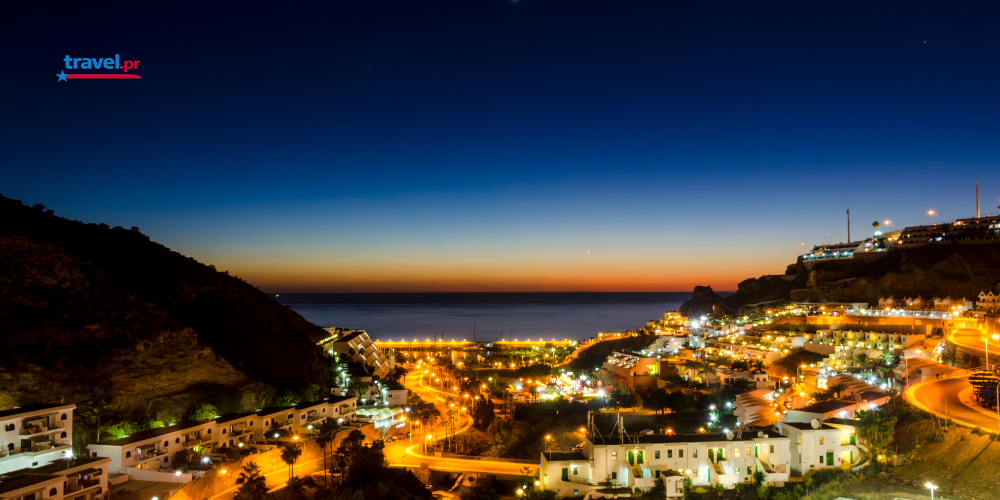
The Route of the Spanish Conquistadors
For those interested in the footsteps of history, the Route of the Spanish Conquistadors is a must-visit. This historic trail traces the paths taken by Spanish explorers as they sought to claim and colonize parts of the New World.
Key Stops Along the Route
- Arecibo: Starting from the north coast, visitors can explore Arecibo, where the Arecibo Lighthouse and Historical Park combine history with coastal beauty.
- Utuado: Moving inland to Utuado, travelers find the Caguana Ceremonial Ball Courts Park, which offers insight into the lives of the indigenous Taíno people before and during the Spanish arrival.
- Ponce: The route can include a stop in Ponce, where the history of Spanish influence is visible in the city’s architecture and museums.
Visitor Experience
Travelers can either explore this route independently or join guided tours that offer historical insights and context. These tours often include narratives about the conquests, the clash of cultures, and the eventual establishment of Spanish control over the island.
The Influence of the Sugar Cane Industry
The sugar cane industry played a pivotal role in shaping Puerto Rico’s economic and social landscape during the colonial period and beyond. Its legacy is a bittersweet story of wealth and hardship, innovation and exploitation.
Historical Context
Starting in the 16th century, sugar cane cultivation became the backbone of Puerto Rico’s economy. Large sugar plantations covered vast areas, and the industry drove the development of new towns and ports.
Visiting Historical Sites
- Central Aguirre Historic District: Once a booming sugar mill town, this area offers a look into the community life that revolved around sugar production. The district retains many original structures, providing a unique historical perspective.
- Hacienda La Esperanza: For a more hands-on historical experience, visitors can tour Hacienda La Esperanza in Manatí. This preserved plantation includes a restored sugar mill, where one can see the machinery that powered the sugar industry in the 19th century.
Cultural Impact
The sugar industry left a deep imprint on Puerto Rican culture, influencing everything from local cuisine to festivals. Many local dishes, such as molasses-based sweets and rum, trace their origins back to sugar cane cultivation.
Exploring Puerto Rico’s colonial history is more than a journey through old sites; it’s an exploration of the cultural identity and resilience of its people. As you walk through these historic areas, take a moment to appreciate the narratives of struggle, adaptation, and survival that resonate within the walls and fortifications of this vibrant island.
Whether you’re a history buff, an architectural enthusiast, or simply a curious traveler, Puerto Rico offers a profound glimpse into the past, inviting you to experience its rich heritage firsthand. So pack your bags, bring your sense of adventure, and prepare to step back in time on the enchanting island of Puerto Rico.

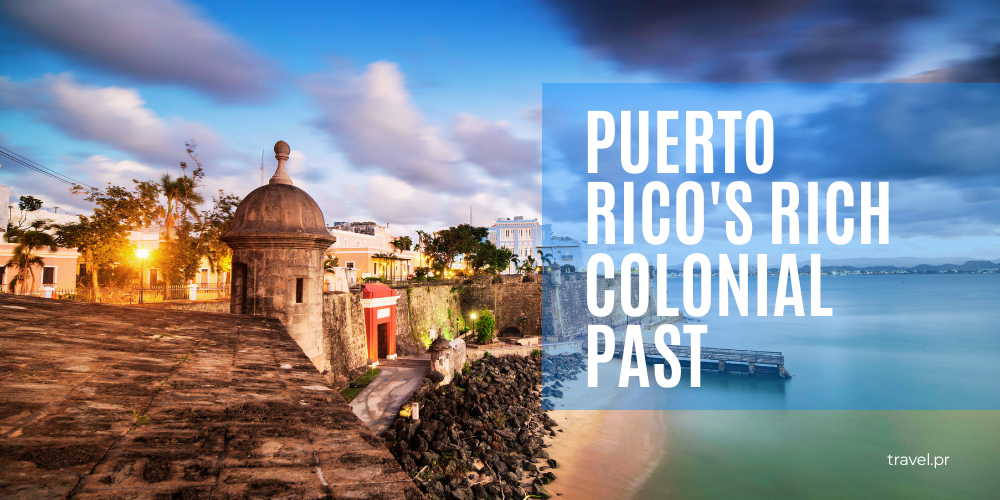
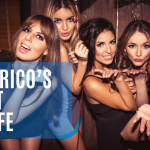
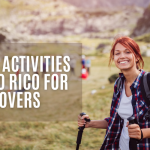




[…] Explore the remnants of Puerto Rico’s first Spanish capital, founded in 1508 by Juan Ponce de León. While much of the original settlement has succumbed to time, the remaining stone foundations and layout offer a glimpse into the early colonial ambitions on the island. A nearby museum provides diagrams, maps, and artifacts that elucidate the historical context and significance of this site in Puerto Rico’s colonial story. […]
[…] against the backdrop of 500-year-old historic buildings. Local artists often weave elements of Puerto Rico’s colonial past into their works, adding layers of modernity that enrich the area’s deep historical […]
[…] Juan Cathedral: This cathedral, one of the oldest buildings in San Juan, is a beautiful example of Spanish colonial architecture, with stunning interiors and religious […]
[…] the historic forts of Puerto Rico is not merely about sightseeing; it is about connecting with the island’s past and […]
[…] Dry Season (December to April): This is the peak tourist season when the weather is at its best—warm, sunny, and with very little rain. It’s ideal for outdoor activities like beach hopping, hiking, and exploring historical sites. […]
[…] you experienced the architectural wonders of Puerto Rico, or are you planning a visit? Share your experiences or questions in the comments below. For those […]
[…] walls and narrow passages. Welcome to the San Juan National Historic Site, a treasure trove of Puerto Rican history and architectural marvels. Located in the vibrant city of San Juan, this site offers travelers a […]
Right now it soundxs like Drupal is the preferred blogging platform out there right now.
(from what I’ve read) Is that what you are using on your blog? https://www.waste-ndc.pro/community/profile/tressa79906983/
[…] city walls, la Puerta de San Juan, and Fort San Juan de la Cruz. These structures tell the story of Puerto Rico’s military past and its strategic role in the […]
[…] against foreign powers and pirates, offering stunning views of the city and ocean. For more on Puerto Rico’s history, visit our detailed […]